Activated Carbon For Heavy Metals Removal-Heycarbons Manufacturer From China
Activated carbon is an adsorbent commonly used in water treatment. It can remove heavy metals due to its high specific surface area, porous structure, and rich surface functional groups.
You will get a quote in 24 hours
Methods of Removing Heavy Metals From Industrial Wastewater And Waste Gas
1. Heavy metal pollution is widespread and harmful
Mechanical processing, mining, smelting of steel and nonferrous metals and some chemical companies will produce a large amount of wastewater containing heavy metal ions. If these wastewaters are not treated or treated to substandard standards, they cannot be discharged, otherwise it will cause environmental pollution.
In addition to wastewater, heavy metal pollution also exists in the gas. Metallurgy, coal combustion, garbage incineration, etc. will emit heavy metal smoke, which will cause long-term harm to human health and the ecological environment.
2. Activated carbon for heavy metal removal
Activated carbon has a unique porous structure, high specific surface area, strong adsorption capacity, and can be recycled and reused. It has been widely used in the removal of organic and inorganic pollutants.
Many studies have shown that in the field of heavy metal removal, activated carbon adsorption has the advantages of simple technology, economic feasibility, and good results.
To treat heavy metals in water, powdered activated carbon or granular activated carbon are mostly used; to treat heavy metals in gas, powdered or pelletized activated carbon is used. Activated carbon can also be impregnated with different chemical solutions according to the specific conditions of heavy metals contained in wastewater or waste gas.
You will get a quote in 24 hours
You will get a quote in 24 hours
What is the Mechanism of Heavy Metal Adsorption?
Activated carbon itself has a high specific surface area and rich pore structure, which is suitable for adsorbing various pollutants. For heavy metals, its adsorption mechanism mainly includes:
Activated carbon physical adsorption
Activated carbon physically adsorbs heavy metal ions or complexes through van der Waals forces.
Activated carbon chemical adsorption (complexation/ion exchange)
There are functional groups such as hydroxyl, carboxyl, and phenolic hydroxyl on the surface of activated carbon. These functional groups can form complexes with metal ions or perform ion exchange.
Surface sediment
Some metals react with the surface of activated carbon under certain conditions to form precipitates.
- Under alkaline conditions, metal ions (such as Cd²⁺, Zn²⁺) react with OH⁻ on the surface of activated carbon to form hydroxide precipitates.
- Sulfur-modified activated carbon promotes Hg²⁺ to form HgS precipitation.
Combination of physical adsorption and chemical reaction
Activated carbon can be impregnated with corresponding chemical solutions through steam activation according to the heavy metal substances that need to be removed. It ensures that chemical reactions can occur while physical adsorption occurs, so that heavy metals are precipitated in the pores of activated carbon.
Impregnation can increase the adsorption capacity of activated carbon. The impregnated substances participate in chemical reactions with heavy metals, and the adsorption capacity of activated carbon will increase.
You will get a quote in 24 hours
You will get a quote in 24 hours
Activated Carbon For Heavy Metals In Wastewater Treatment Processes
The following is a detailed description of the adsorption mechanism and adsorption advantages of activated carbon for the following eight heavy metals (Cr, Cu, Cd, Pb, Zn, Mn, Hg, V):
1. Chromium, Mainly Cr(VI)
Chromium is a metal raw material that is widely used in electroplating. Electroplating wastewater contains a large amount of hexavalent chromium Cr(VI). Activated carbon has developed micropores and a huge specific surface area, and has a strong adsorption capacity, which can effectively adsorb chromium ions in wastewater.
At the same time, there are abundant oxygen-containing functional groups on the surface of activated carbon, such as hydroxyl and carboxyl groups, which can chemically adsorb chromium ions.
The process of activated carbon treating chromium-containing wastewater is the result of the physical adsorption and chemical adsorption of chromium ions in wastewater by activated carbon.
Studies have shown that when the chromium ion concentration in the solution is 50mg/L, pH=3, and the adsorption time is 1.5h, the activated carbon has the best adsorption effect on chromium ions in wastewater.
2. Copper, Cu²⁺
Copper-containing wastewater mainly comes from the production process of electroplating, smelting, printing and telecommunications equipment industries.
Adsorption mechanism
- Mainly through surface complexation with –OH and –COOH to form complexes.
- Activated carbon has a strong affinity with Cu²⁺.
Adsorption advantages
- Good adsorption effect, pH 5~6 is the best.
- Modified AC (such as oxidation modification, nitrogen doping) improves selectivity and capacity.
3. Cadmium, Cd²⁺
Adsorption mechanism
- Mainly through physical adsorption + surface complexation.
- Cd²⁺ forms stable complexes with carboxyl and phenolic hydroxyl groups.
Adsorption advantages
- The adsorption capacity is moderate, but it is greatly improved after modification (such as sulfur doping).
- The optimal pH is about 5.5~6.5.
4. Lead, Pb²⁺
Many factories in my country discharge a large amount of low-concentration lead-containing wastewater every year. Many of them are discharged into water bodies without proper treatment, causing great harm to the environment.
Adsorption mechanism
- Strongly complexes with surface –OH and –COOH, and has a certain physical adsorption effect.
- Easily adsorbed, it is one of the heavy metals with higher removal efficiency of activated carbon.
Adsorption advantages
- High adsorption capacity (>100 mg/g in some modified AC).
- pH 5~6.5 is optimal, too low or too high will affect the effect.
5. Zinc, Zn²⁺
Zinc pollution mainly comes from the electroplating industry and zinc smelting industry. Excessive zinc in water will cause environmental pollution and affect human health.
Adsorption mechanism
- Mostly weak complexation + surface adsorption.
- The adsorption effect of activated carbon on Zn²⁺ is slightly lower than that of Cu and Pb.
Adsorption advantages
- The adsorption capacity is average, but it can be enhanced by surface functional group modification (such as oxidation and amination).
- pH 5~6 is the best.
6. Manganese, Mn²⁺
Adsorption mechanism
- The interaction between activated carbon and Mn²⁺ is weak, mostly physical adsorption.
- Adsorption can be enhanced by surface composite metal oxides (such as Fe₃O₄).
Adsorption advantages
- The adsorption effect is average or low, which can be improved after modification.
- The optimal pH is around 6.
7. Mercury, Hg²⁺
Powdered activated carbon can be used to treat low-concentration mercury-containing wastewater, and the mercury can be subsequently recovered by heating, sublimating, and condensing the saturated activated carbon.
Activated carbon loaded with hydrochloric acid is suitable for removing mercury or mercury compounds contained in liquid hydrocarbons.
The efficiency of activated carbon in removing mercury is related to the properties of activated carbon and the activation process. Activated carbon made from wood, coconut shells and coal by steam activation can remove high amounts of mercury from solutions with a pH value below 5. As the pH value increases, the amount of mercury removed decreases.
Activated carbon made from wood by zinc chloride activation can remove high amounts of mercury, even when the pH value is increased to greater than 5.
The efficiency of activated carbon in removing mercury is related to the addition of additives to the solution. Adding as little as 0.02 mg/l of tannic acid or ethylene diamine tetraacetic acid (EDTA) integrator can increase the adsorption of mercury from 10% to 30%, depending on the pH value of the solution and the amount of carbon used, with tannic acid having a better effect. Adding nitric acid is inefficient.
Adding calcium ions can also increase the amount of mercury adsorbed. When the calcium ion concentration increases from 50 mg/L to 200 mg/L, the amount of mercury adsorbed increases by 10% to 20%.
When calcium ions and tannic acid are present at the same time, the amount of mercury removed is almost doubled with less activated carbon. Activated carbon impregnated with metal sulfides is also very effective in selectively adsorbing mercury.
8. Vanadium, V4+ and V5+
Activated carbon can adsorb tetravalent vanadium ions V4+ and pentavalent vanadium ions V5+ in the solution. The pH value of the solution and the surface properties of activated carbon have a certain influence on its adsorption.
The adsorption of tetravalent or pentavalent vanadium ions increases with the increase of pH value within a certain pH range, reaching the maximum between pH 2.5 and 3, and then decreases.
Activated carbon after oxidation treatment has a large adsorption rate for vanadium ions. The powdered activated carbon modified by oxidation adsorbs vanadium from sodium metavanadate solution, and 90% of vanadium can be removed from a solution with a content of 50 mg/L.
You will get a quote in 24 hours
You will get a quote in 24 hours
pH value
Most heavy metals are best adsorbed at pH 5–7 (too low will make metal ions difficult to adsorb, too high may form metal hydroxide precipitation).
Initial metal concentration
At low concentrations, the adsorption sites on the surface of activated carbon are relatively abundant → the adsorption efficiency is high.
At high concentrations, the adsorption sites are quickly occupied → the adsorption capacity is close to saturation and the efficiency decreases.
Temperature
High temperature may enhance the diffusion rate of metal ions and accelerate the mass transfer process; however, too high temperature may destroy the functional groups on the surface of activated carbon and reduce the adsorption capacity.
Activated carbon dosage
The larger the amount of activated carbon added, the more adsorption surface area and active sites it provides, which is conducive to improving the removal rate.
However, after exceeding a certain amount, the unit adsorption capacity (mg/g) may decrease due to insufficient utilization of adsorption sites.
You will get a quote in 24 hours
You will get a quote in 24 hours
Can Activated Carbon Remove Heavy Metals in Gas?
Heavy metals such as arsenic, lead, iron and mercury in the gas usually exist in the form of suspended compounds, and also exist as single substances (such as mercury). It’s better to use bituminous coal or nutshell powdered activated carbon to remove heavy metals in a spray form.
You can learn more about sulfur-loaded activated carbon for mercury removal in the article below, activated carbon loaded with mercury removes mercury vapor.
Sulfur Impregnated Activated Carbon for Mercury Removal
You will get a quote in 24 hours
You will get a quote in 24 hours
Best Activated Carbon for Heavy Metals Product
Activated carbon impregnated with ferric hydroxide is commonly used for applications such as adsorption of arsenic (As), phosphorus (P) or heavy metal ions, as well as catalytic oxidation.
Heycarbons Activated Carbon Heavy Metal Removal
| Specification | Type-1 | Type-2 |
|---|---|---|
| Mesh | 200 | 325 |
| IV | min 950 mg/g | min 1080 mg/g |
| Ash | ≤10% | ≤8.2% |
| Moisture | ≤5% | / |
| pH | / | 8 |
| Methylene blue | / | 14ml/0.1g |
You will get a quote in 24 hours
You will get a quote in 24 hours
Activated Carbon For Heavy Metals Customer Cases
Activated Carbon For Sb Antimony Removal Customer Case
The customer used 22 tons of coal granular activated carbon of 10*30 mesh to remove antimony (Sb).
Activated Carbon Heavy Metal Removal in Gas Customer Case
The customer needs to use CO2 to produce edible carbon amines, but the total metal content in CO2 gas is 0.1mg/L, and the heavy metal content exceeds the standard. After removing the heavy metals, the gas can be recycled.
In this case, Heycarbons recommends using coconut shell activated carbon with an iodine value of more than 1100mg/g or columnar activated carbon with an iodine value of more than 1000mg/g to remove heavy metals in the gas.
For metals with a total content of 0.1mg/L, the removal rate and working efficiency of activated carbon for metals can reach 100%, and then slowly decrease over time.
Activated Carbon For Heavy Metal Removal in Electroplating Plants
A Taiwan electroplating plant needs to use activated carbon for wastewater treatment. The customer requires the use of coal-based powdered activated carbon with an iodine value of min 950mg/g and a moisture content of max 10%.
In addition, coconut shell activated carbon can also be used to treat heavy metals in electroplating plant wastewater. 8-30 mesh, min 1050mg/g iodine value.
You will get a quote in 24 hours
You will get a quote in 24 hours
Custom Heycarbons Activated Carbon Solution For Heavy Metals Removal
Heycarbons provides a full range of activated solutions at competitive prices.
You will get a quote in 24 hours

Custom Heycarbons Activated Carbon For Heavy Metals Removal
Heycarbons has proudly served the activated carbon industry with high-quality products since 2005, we can customize your activated carbon for your project.
- Personalized service and advice based on your needs and preferences. Different raw materials for different applications.
- Customized size, iodine value , methylene blue, PH, ash, etc. Also acid washing.
- Heycarbons customized package to promote your brand, and free design service.
Call Us
+86-180 3788 5195
Our Email
info@heycarbons.com
Steps to Custom Heycarbons Activated Carbon For Heavy Metals Removal
Consultation
By understanding your needs and requirements, our salesmen work with you to submit the appropriate activated carbon solution.
Quotation
Heycarbons expert customer service will provide you with a free quote based on your requirements as well as product specifications and quantities.
Production
Heycarbons has sufficient inventory and strong production capacity, and will report production progress to you from time to time.
Shipping
Heycarb know you need to receive the product as soon as possible, after rigorous quality checks and protective packaging, by fedex shipping.
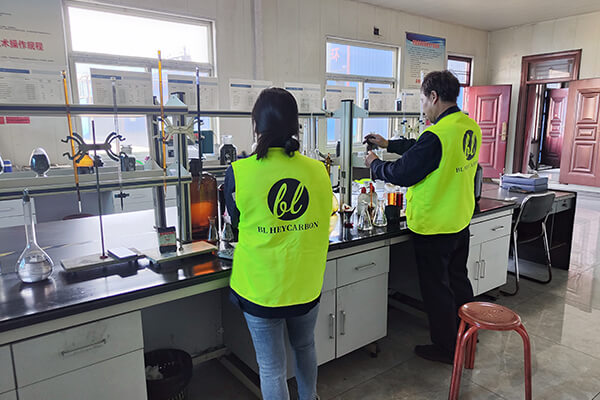
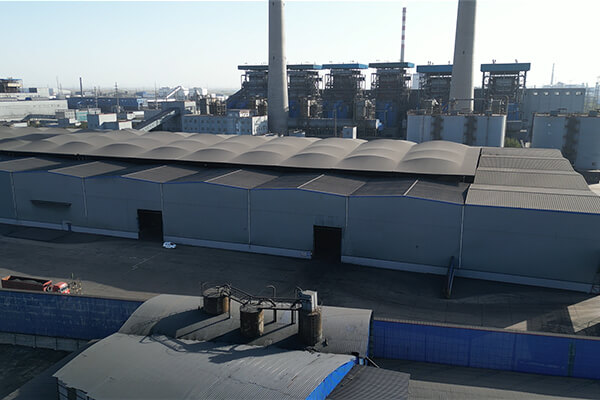
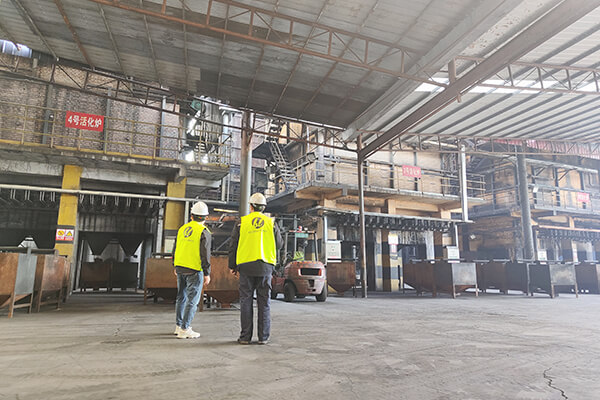


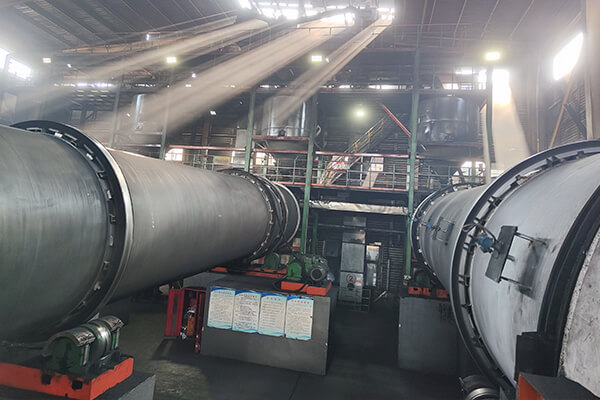



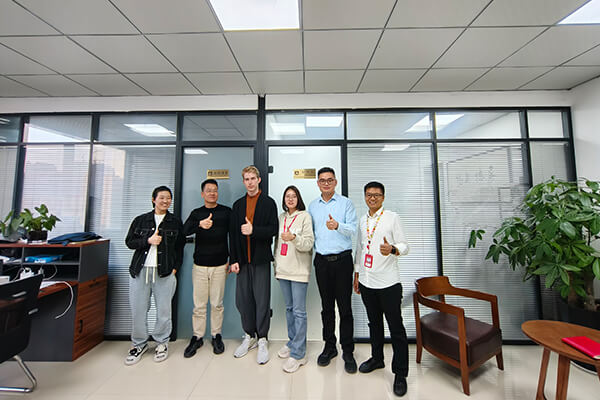

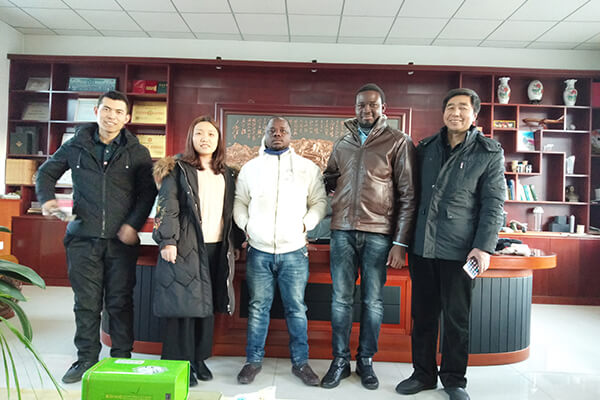
Are You Looking for Heycarbons Activated Carbon Manufacturers?
Contact us for design assistance, free quote, and expert advice today.
Your inquiry will be replied within 24 working hours, and Heycarbons respect your privacy.

